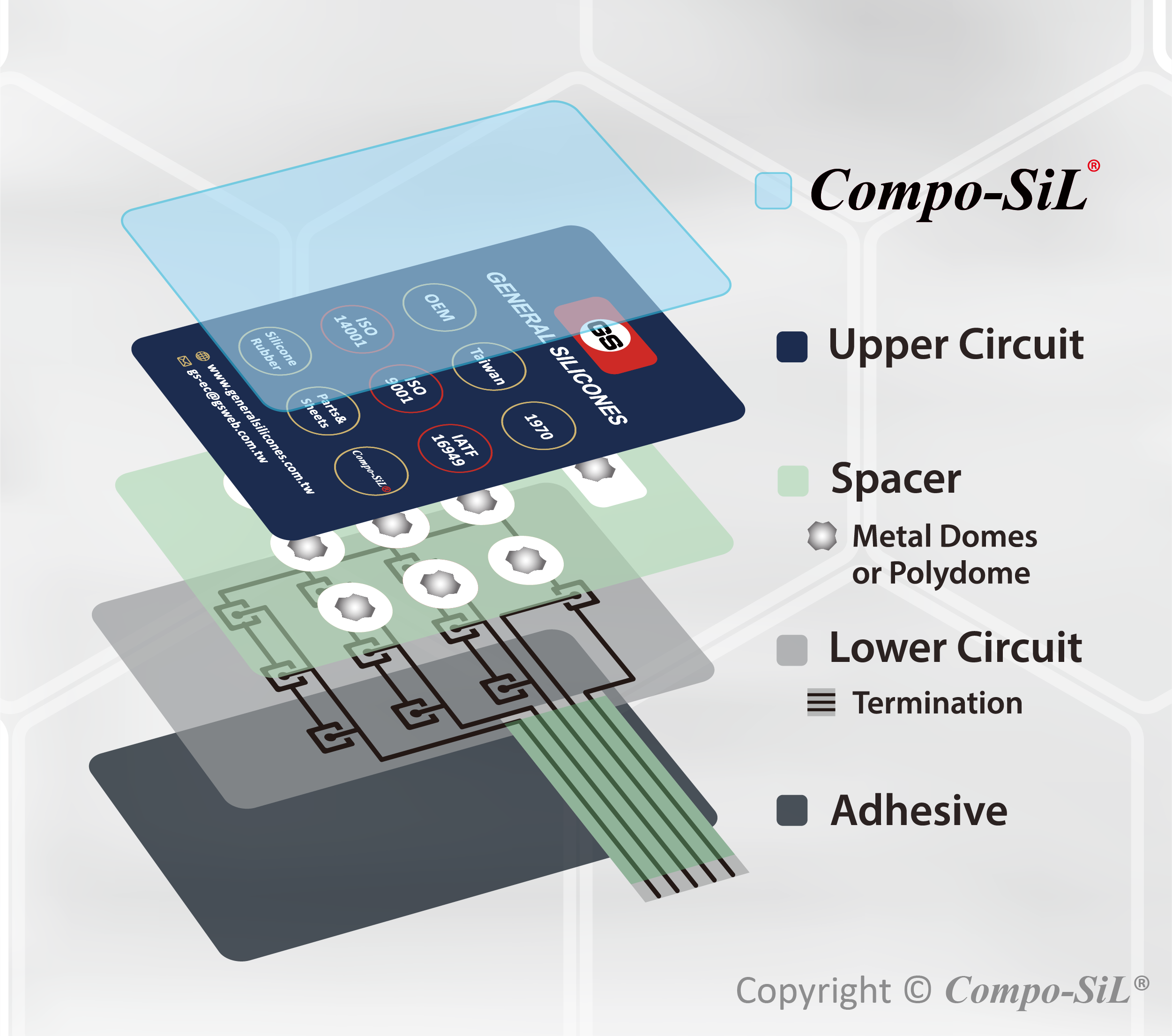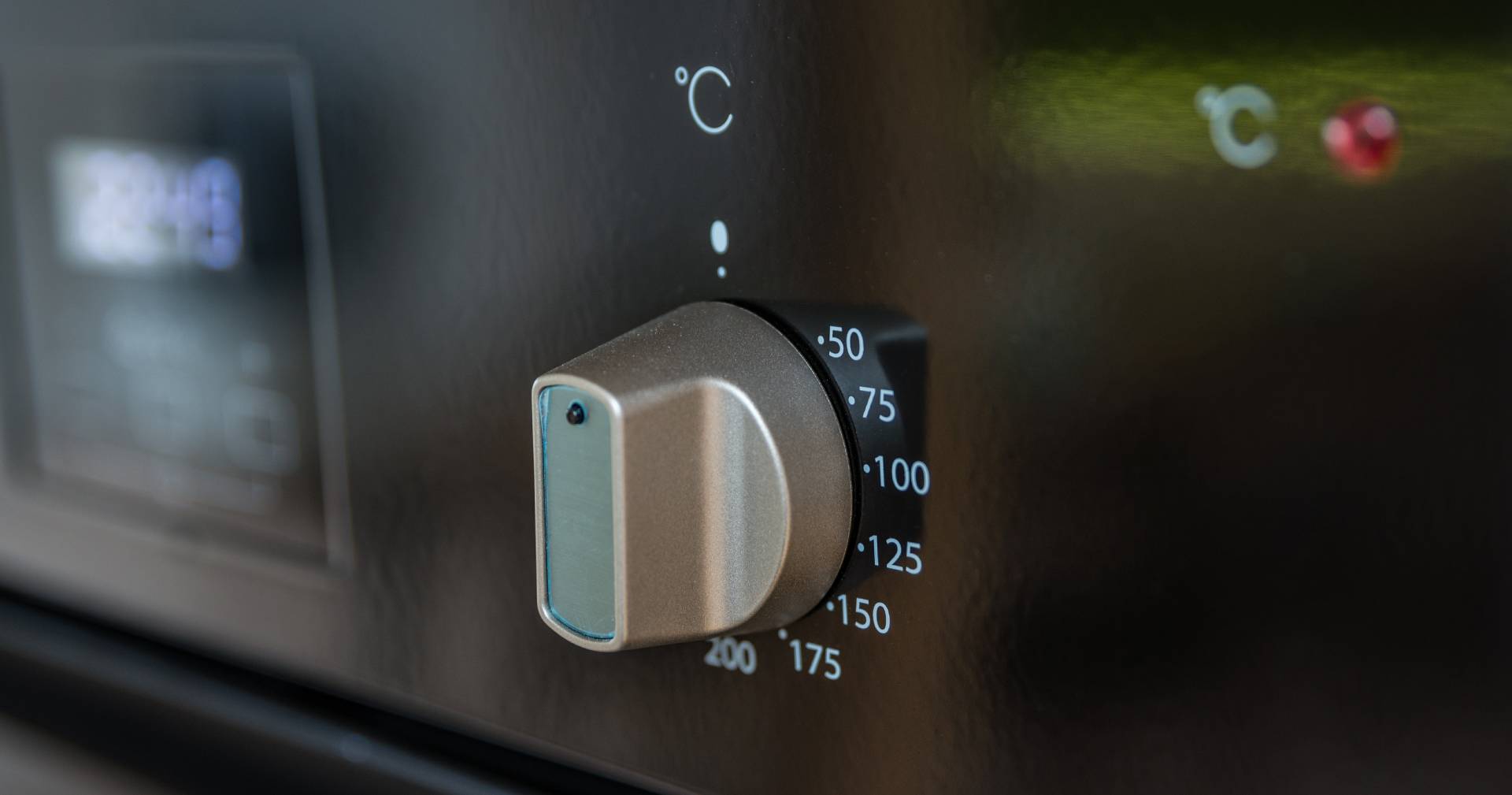Understanding the Importance of Membrane Switches in Individual Interfaces
Membrane buttons are indispensable components in the design of efficient interface, facilitating not just capability however also improving visual appeal and individual interaction. Their distinct features, such as resistance to customizable styles and ecological aspects, make them ideal for a diverse array of applications throughout several industries. As we check out the future fads and different benefits connected with Membrane innovation, it comes to be clear that these buttons are greater than just components; they represent a convergence of development and functionality. The ramifications of this modern technology on customer experience deserve analyzing better.
What Are Membrane Switches?

The spacer layer, which contains sticky homes, enables the separation of the circuit layer from the overlay, making certain that the button stays in a non-activated state up until pushed. When pressure is related to the overlay, it compresses the spacer layer, linking the space and finishing the circuit in the underlying layer. This style not only decreases the physical area needed for traditional mechanical buttons yet also boosts the longevity of the device, as Membrane buttons are typically immune to dust, moisture, and various other environmental variables.
Generally located in applications ranging from consumer electronic devices to medical tools, Membrane buttons are indispensable to contemporary innovation, giving a efficient and easy to use user interface that lines up with modern style requirements.
Benefits of Membrane Switches
While many button technologies exist, Membrane Switches deal distinctive benefits that make them particularly desirable in various applications. One of the primary benefits of Membrane switches is their small style, which permits space-saving implementations in devices where actual estate is restricted. Their slim profile not only enhances visual charm yet also helps with lightweight construction.
One more substantial advantage is their resistance to environmental variables. Membrane buttons are normally secured against wetness, dirt, and pollutants, making them excellent for use sought after environments, such as medical devices and industrial devices. This durability expands the life expectancy of the switch, minimizing upkeep prices and enhancing dependability.
In addition, Membrane buttons can be tailored to fulfill certain design demands, including special graphics and colors that boost user communication. Their responsive feedback alternatives can likewise be tailored to provide a satisfying user experience. Additionally, Membrane switches are cost-efficient, particularly in high-volume applications, as they can be produced efficiently.
Applications in Numerous Industries

In the customer electronics sector, Membrane buttons prevail in gadgets such as microwaves, cleaning equipments, and remotes. Their responsive comments and aesthetic alternatives enhance individual experience while providing a streamlined, modern appearance. In addition, automotive suppliers make use of Membrane buttons in control panel controls and infomercial systems, where room is restricted, and customer involvement is vital.
Additionally, the commercial field leverages Membrane buttons in control panels for equipment and devices, permitting user-friendly operation in usually severe atmospheres. Their resistance to chemicals and moisture makes sure longevity and reliability in these applications. In general, the versatility of Membrane Switches contributes significantly to their widespread usage, making them important in various technical domains.
Style Considerations for Membrane Switches

When creating Membrane buttons, numerous crucial considerations must be considered to guarantee ideal capability and user experience. The option of products is vital; selecting sturdy, premium substratums can improve the button's longevity and resistance to environmental elements such as dampness and temperature click level variations.
Second of all, the layout of the visuals overlay ought to prioritize quality and simplicity of usage. Icons and text need to be legible, and the layout needs to assist in user-friendly communication (membrane switches). In addition, responsive responses is necessary; incorporating a responsive dome or various other systems can boost the individual experience by offering physical confirmation of activation
One more crucial variable is the switch's electrical performance. Developers must make sure that the conductive traces are effectively made to reduce resistance and prevent signal interference. This includes assessing the needed actuation pressure and ensuring compatibility with the electronic parts they will interface with.

Future Patterns in Membrane Innovation
As innovation remains to advancement, Membrane switches are positioned to progress dramatically, driven by advancements in products and producing techniques. One arising pattern is the unification of innovative materials, such as conductive inks and flexible substrates, which boost toughness and reduce the overall weight of Membrane switches. These products not only boost the tactile feedback yet additionally permit for the layout of switches that can hold up against harsher environmental problems.
Furthermore, the combination of touch-sensitive technologies is changing traditional Membrane Switches into more interactive interface. Capacitive touch sensing units embedded within Membrane switch panels can offer an extra receptive and intuitive user experience, lining up with the growing need for sleek, modern styles in customer electronic devices.
Furthermore, improvements in printing methods, such as electronic and 3D printing, enable fast prototyping and personalization of Membrane switches. This versatility permits suppliers to react extra quickly to market needs and consumer preferences.
Last but not least, sustainability is coming to be a substantial emphasis, with producers checking out environment-friendly materials and processes. As these fads unfold, the future of Membrane technology promises enhanced capability, aesthetic appeal, and environmental duty, strengthening their duty in advanced individual interfaces throughout different sectors.
Verdict
In verdict, Membrane Switches represent a crucial element in the layout of user interfaces, combining performance with visual flexibility. As innovations in innovation proceed, the advancement of Membrane buttons is expected to further refine customer interfaces, driving innovation and enhancing usability in a significantly complicated technical go to my blog landscape.
Membrane switches are integral components in the layout of reliable individual interfaces, promoting not only performance but likewise boosting visual appeal and customer interaction.Membrane Switches serve as an important part in various user interfaces, promoting a seamless interaction between individuals and digital tools.While various switch modern technologies exist, Membrane Switches offer distinct benefits that make them especially preferable in different applications.In addition, Membrane switches can be customized to meet specific style requirements, integrating distinct graphics and colors that enhance customer communication.In conclusion, Membrane Switches stand for a crucial component in the layout of customer interfaces, integrating functionality with visual flexibility.